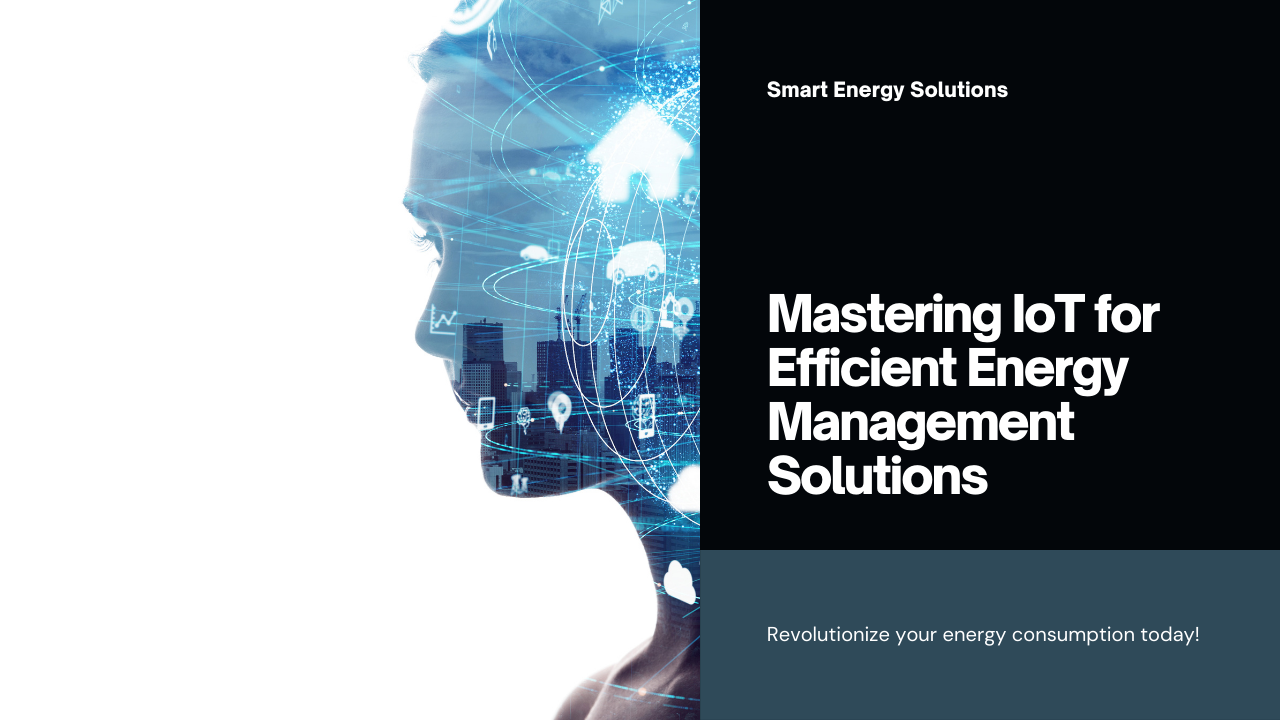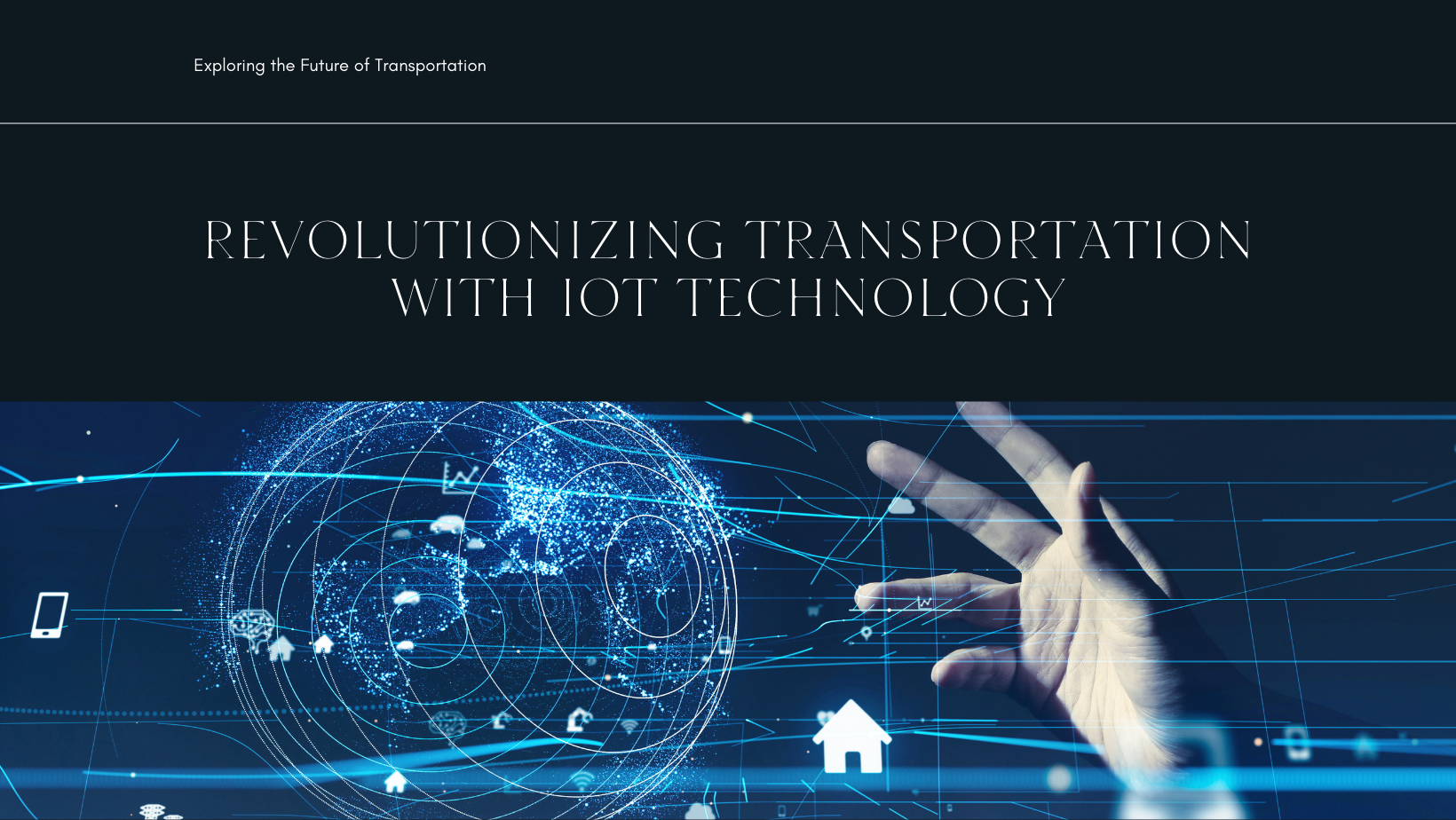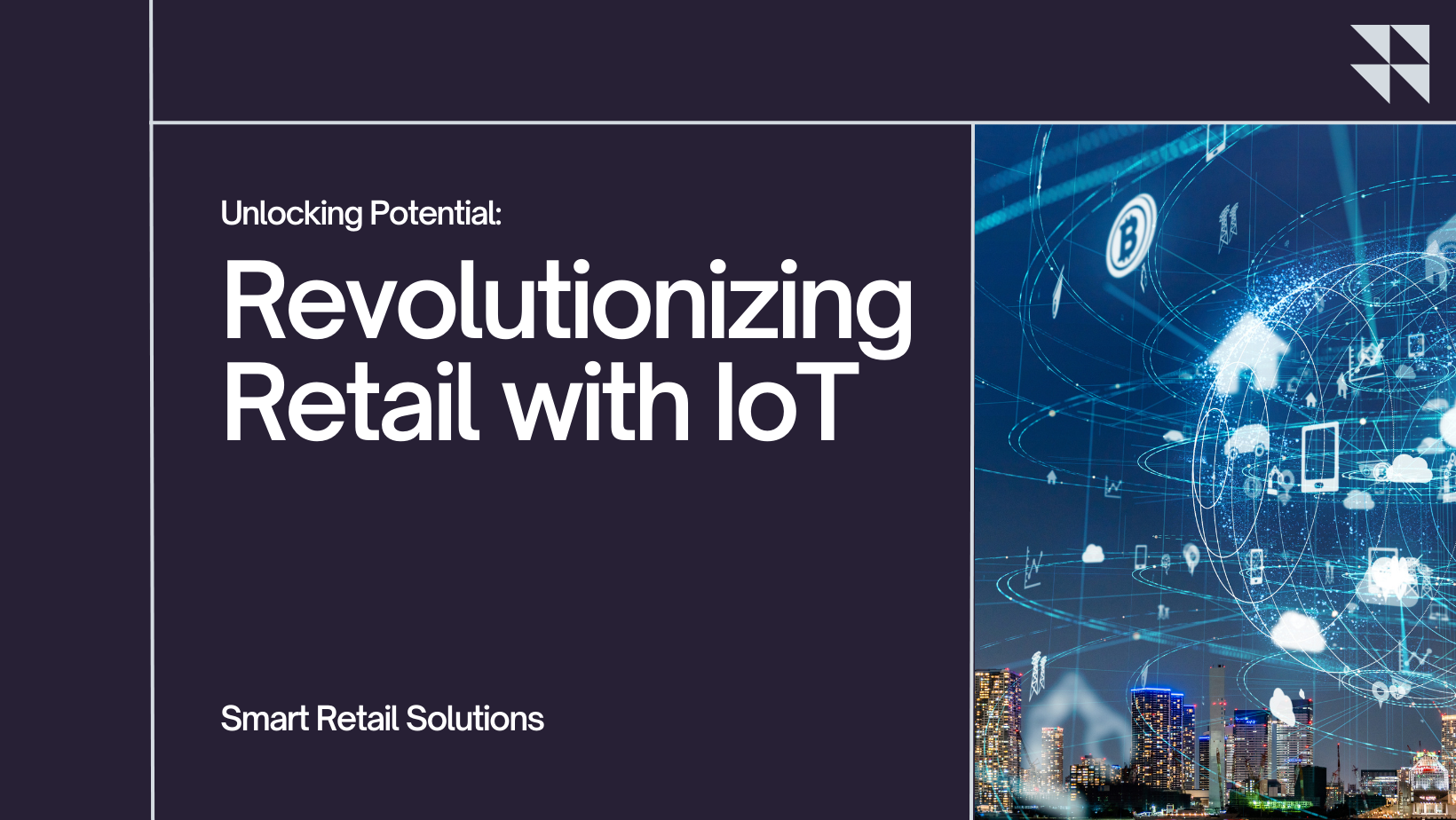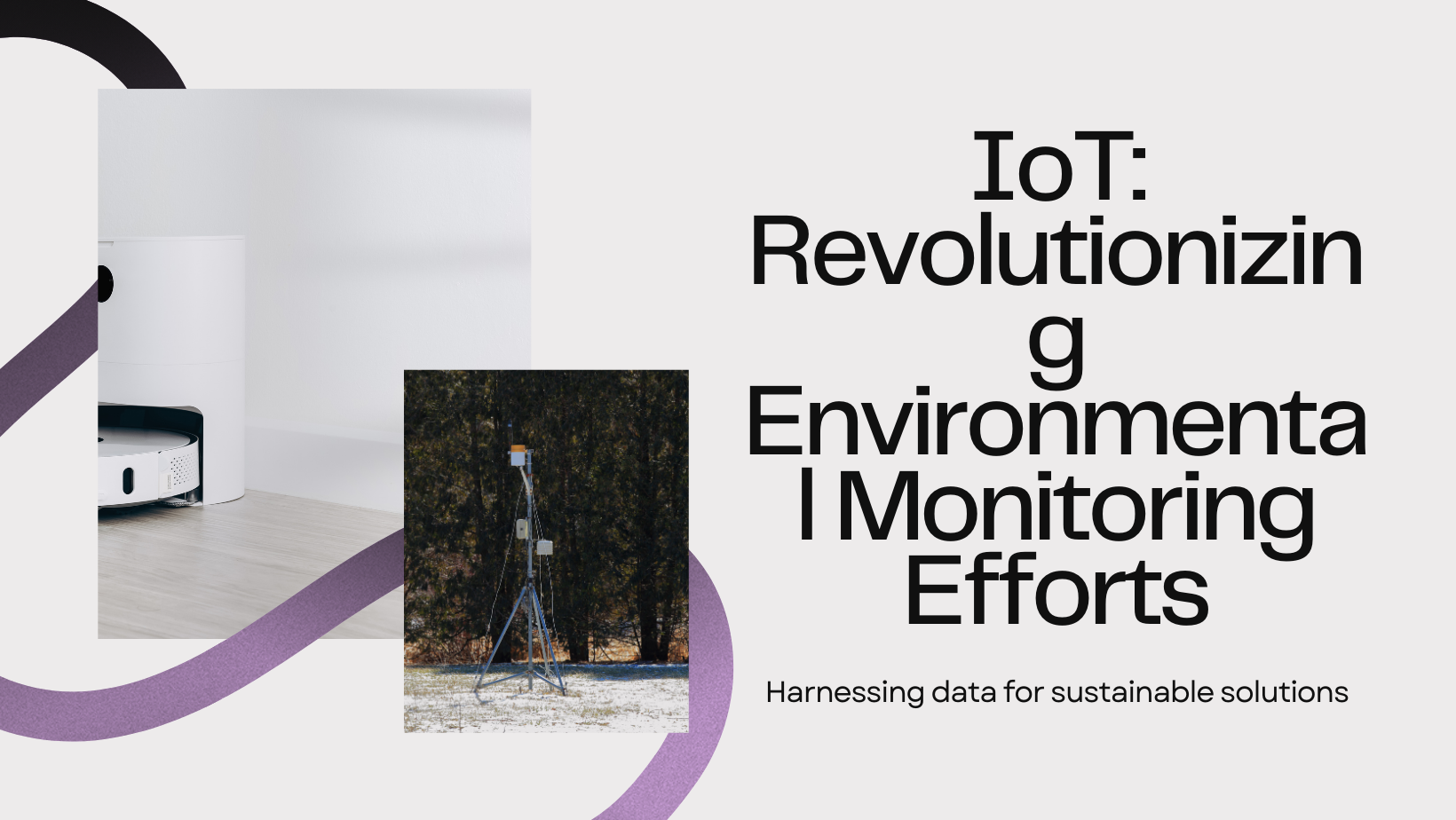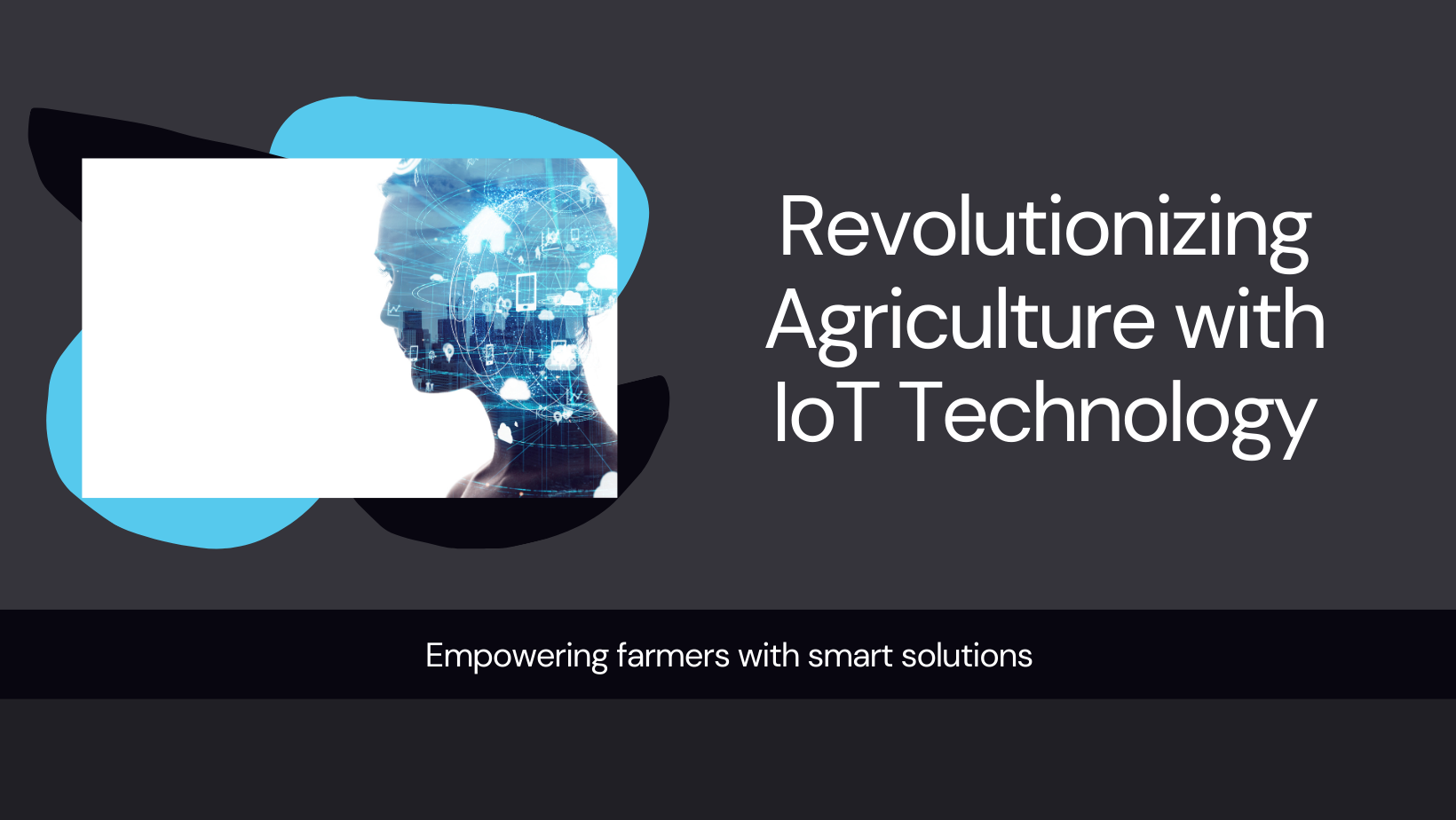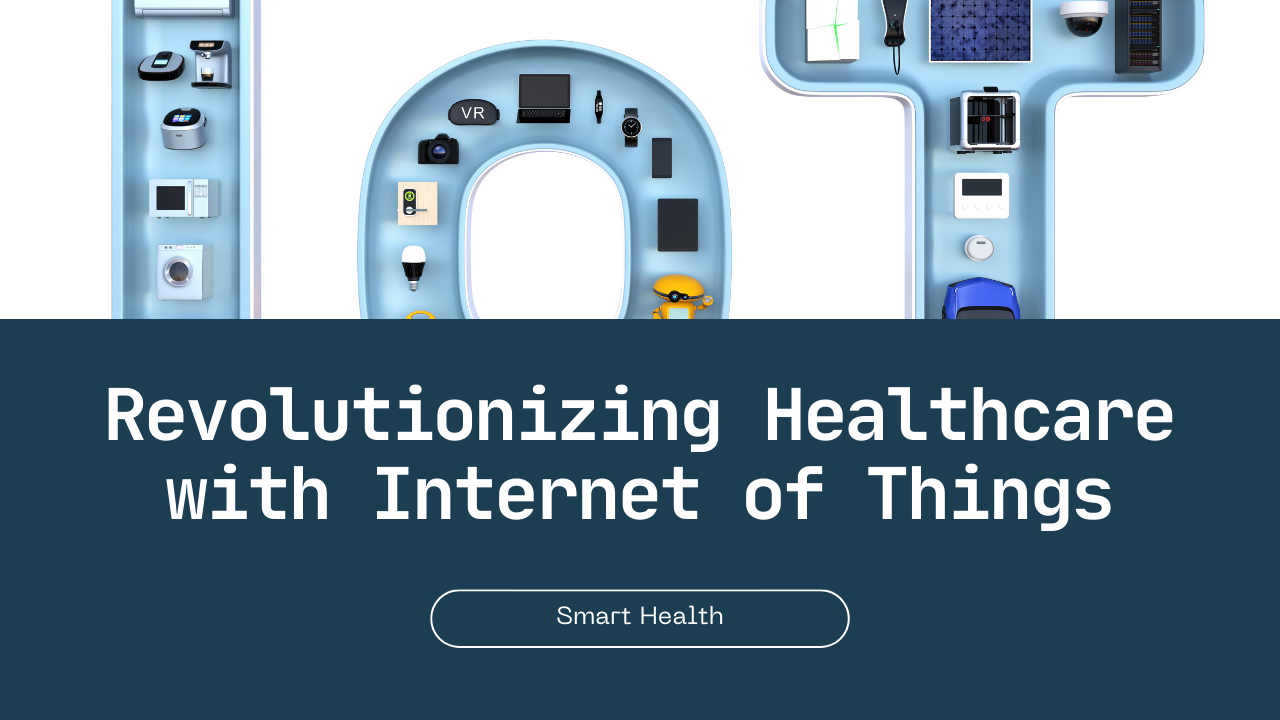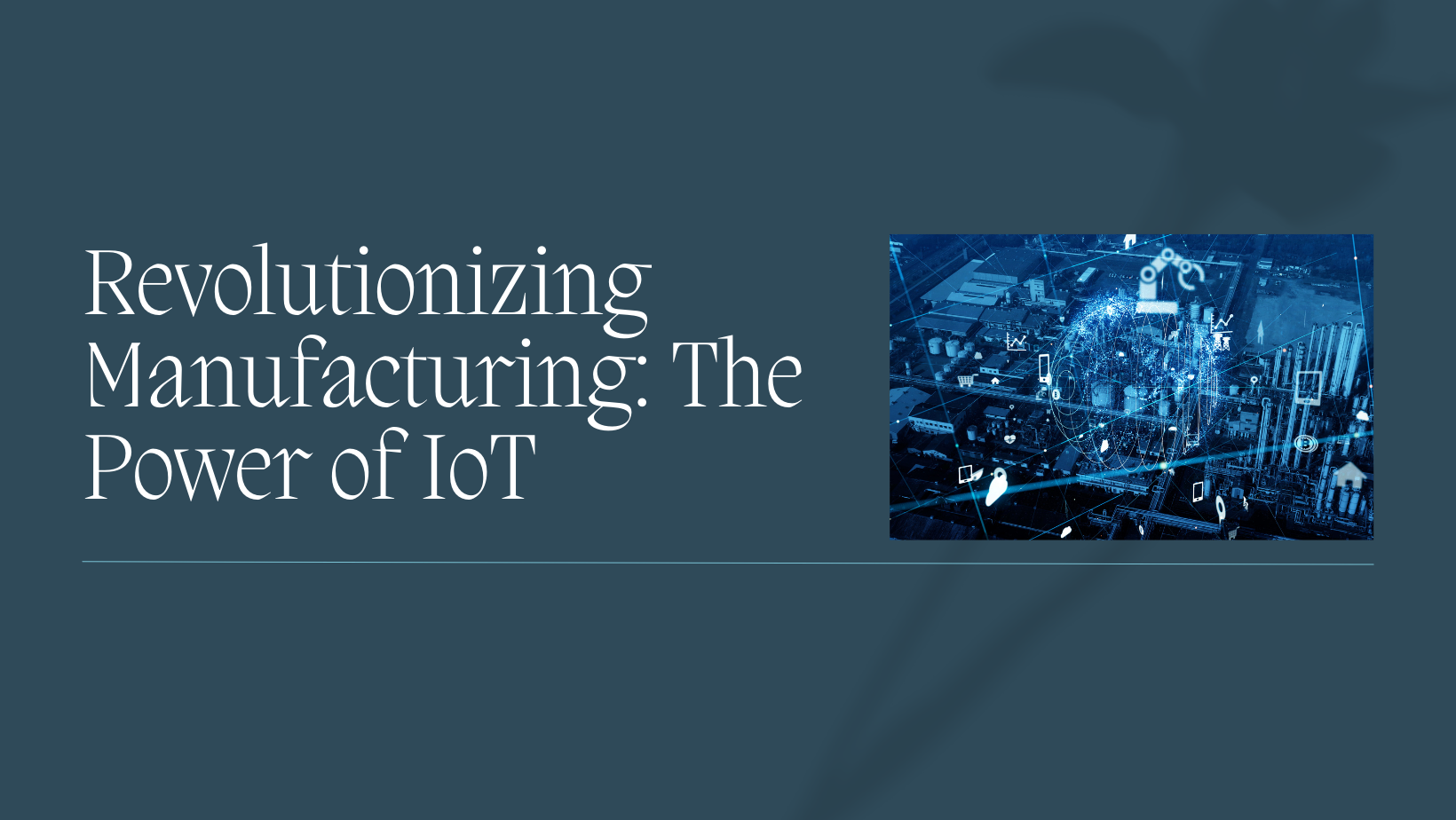In today’s world, the efficient management of energy resources is crucial for both environmental sustainability and cost-effectiveness. The Internet of Things (IoT) has emerged as a powerful tool in this endeavor, offering innovative solutions that enable businesses and organizations to monitor, analyze, and optimize energy usage in real-time. This blog explores the key steps involved in developing IoT solutions for energy management, emphasizing Sodio Technologies’ expertise in creating tailored IoT solutions that drive efficiency and sustainability.
Understanding IoT in Energy Management
IoT refers to a network of interconnected devices embedded with sensors, software, and other technologies that collect and exchange data over the internet. In the context of energy management, IoT enables the monitoring and control of energy-consuming devices and systems in real-time. By harnessing data analytics and automation, businesses can identify inefficiencies, reduce energy waste, and lower operational costs.
Key Components of IoT for Energy Management
1. Sensor Integration
The foundation of IoT-enabled energy management systems lies in sensors. These devices are deployed to measure various parameters such as electricity consumption, temperature, humidity, and occupancy levels. Sensors can be installed directly on equipment, machinery, or in building infrastructure to gather data continuously. For instance, smart meters collect real-time energy usage data, while environmental sensors monitor conditions that impact energy efficiency.
2. Connectivity Infrastructure
IoT devices rely on robust connectivity infrastructure to transmit data securely and efficiently. Technologies such as Wi-Fi, Bluetooth, Zigbee, and LoRaWAN are commonly used depending on the range and data requirements of the application. Cloud platforms play a pivotal role in aggregating and processing data from dispersed IoT devices, providing centralized access for monitoring and analysis.
3. Data Analytics and Insights
The real value of IoT in energy management lies in its ability to turn raw data into actionable insights. Advanced analytics techniques, including machine learning and AI algorithms, process vast amounts of data to identify patterns, anomalies, and opportunities for optimization. Predictive analytics can forecast energy demand patterns, enabling proactive adjustments to minimize consumption during peak periods or optimize renewable energy usage.
4. Automation and Control Systems
IoT enables automated control of energy-consuming devices based on real-time data and predefined algorithms. Smart thermostats, lighting systems, and HVAC (Heating, Ventilation, and Air Conditioning) units can adjust settings dynamically to optimize energy efficiency without compromising comfort or operational requirements. Automated alerts and notifications also empower facility managers to respond promptly to energy anomalies or equipment malfunctions.
Steps to Develop IoT for Energy Management
Step 1: Define Objectives and Requirements
Begin by clearly defining the goals and objectives of your IoT energy management system. Determine key performance indicators (KPIs) such as energy savings targets, operational efficiency improvements, or sustainability metrics. Identify specific energy-consuming assets and systems that will benefit from IoT integration, considering factors like scalability, budget constraints, and regulatory compliance.
Step 2: Conduct Energy Audits and Assessments
Perform comprehensive energy audits and assessments to establish a baseline understanding of current energy usage patterns and inefficiencies. Collect data on energy consumption across different operational processes, identify peak demand periods, and assess potential areas for improvement. This data-driven approach provides a solid foundation for designing tailored IoT solutions that address specific energy management challenges.
Step 3: Select IoT Devices and Technologies
Choose appropriate IoT devices and technologies based on your requirements and infrastructure considerations. Select sensors capable of measuring relevant parameters accurately and reliably. Evaluate connectivity options to ensure seamless data transmission and integration with existing IT systems. Collaborate with IoT solution providers like Sodio Technologies to leverage their expertise in selecting, configuring, and deploying IoT hardware and software components.
Step 4: Develop and Integrate IoT Solutions
Work closely with IoT developers and engineers to design and develop customized solutions that align with your energy management objectives. Develop data acquisition protocols, establish data flows to cloud platforms, and implement secure communication protocols to protect sensitive information. Integrate IoT devices with existing energy management systems, building automation systems (BAS), and enterprise resource planning (ERP) systems for holistic visibility and control.
Step 5: Implement Monitoring and Analytics
Deploy IoT-enabled energy management solutions and commence real-time monitoring of energy consumption and performance metrics. Implement dashboard visualizations and reporting tools to provide stakeholders with actionable insights into energy usage trends, cost savings opportunities, and environmental impact. Continuously monitor system performance, conduct periodic reviews, and refine algorithms based on feedback and data analytics.
Step 6: Optimize and Fine-Tune
Continuous optimization is essential to maximize the benefits of IoT for energy management. Use historical data and predictive analytics to refine algorithms, optimize energy efficiency strategies, and anticipate future energy demand patterns. Implement feedback loops to gather insights from end-users and facility managers, ensuring that IoT solutions evolve to meet changing operational needs and sustainability goals.
Sodio Technologies: Your Partner in IoT Energy Management Solutions
At Sodio Technologies, we specialize in developing tailored IoT solutions that empower businesses to achieve energy efficiency and sustainability goals. Our expertise in sensor integration, connectivity infrastructure, data analytics, and automation enables us to deliver scalable and cost-effective solutions across diverse industries.
Conclusion
IoT technology is revolutionizing energy management by providing businesses with unprecedented visibility, control, and optimization capabilities. By leveraging IoT solutions tailored to their specific needs, organizations can reduce operational costs, minimize environmental impact, and enhance overall efficiency. Partnering with an experienced IoT solution provider like Sodio Technologies ensures a seamless journey from conceptualization to implementation, unlocking the full potential of IoT for energy management.
